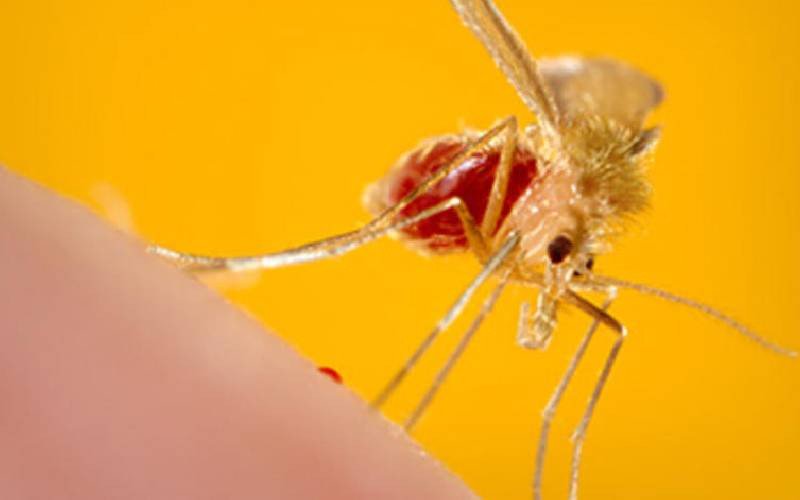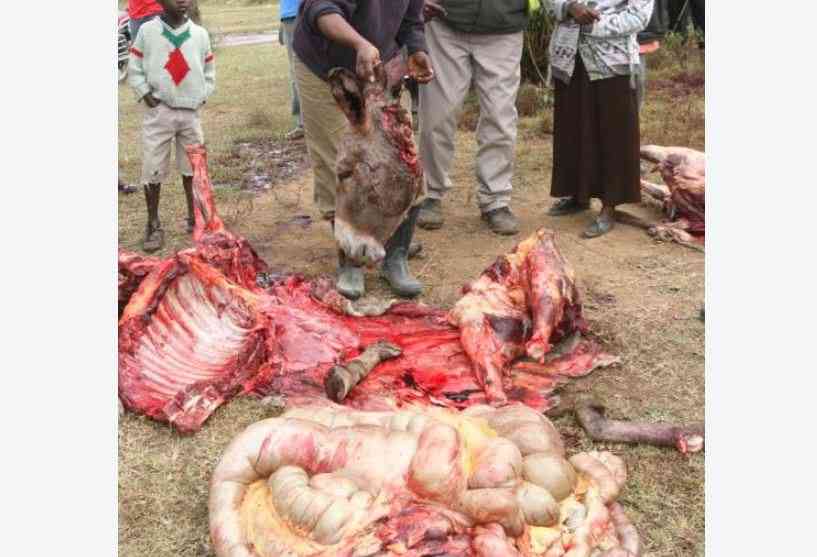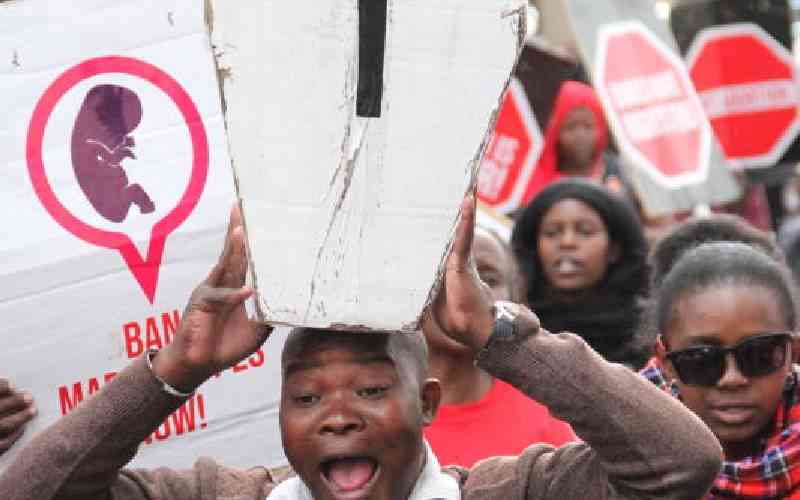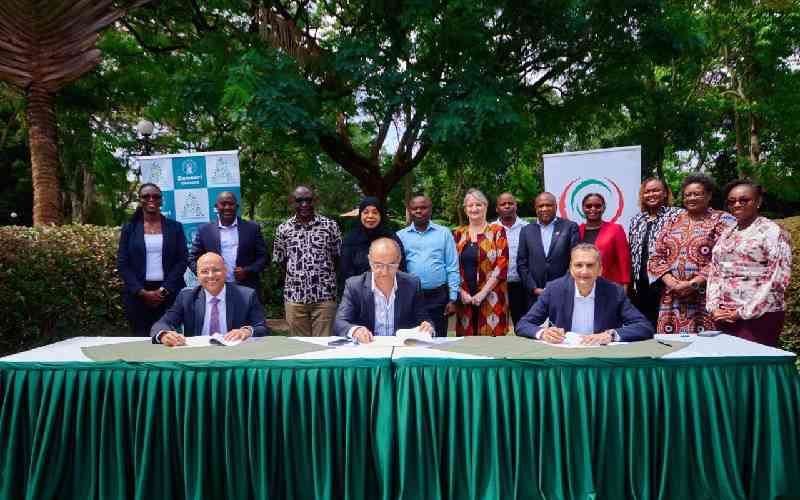
Turkana County has declared a public health emergency in the wake of significant rise in cases of Kala-azar infections.
Health officials say 2025 has become the worst year on record for this deadly parasitic disease.
The county has emerged as the epicentre of Kala-azar (Visceral Leishmaniasis, VL) in the country with over 2,043 cases reported this year, according to official data from the Kenya Health Information System (KHIS). This places Turkana ahead of West Pokot (1,913 cases) and Wajir (905), while Samburu recorded just four cases.
Since 2020, Turkana has recorded a total of 2,457 cases of Kala-azar, with 521 new cases identified just this year.
Turkana’s hotspots include Kerio, Nakurio, Nadoto, Kalokeneir, Kanamkemer, Kangatotha, Lokori, Loima, and Kibish. Kibish alone reported 16 cases and one death in 2024, while Turkana East saw its highest numbers ever early this year.
Kala-azar, transmitted through bites from infected sandflies, is the second-deadliest parasitic infection globally and is often fatal if left untreated.
Turkana County Executive Committee Member (CECM) for Health Joseph Esekon expressed his concerns about the increasing prevalence of the disease in local hospitals.
“We are seeing more patients with symptoms such as fever, weight loss, and enlarged spleen and liver. This poses a pressing challenge for our health system,” Dr Esekon said during a health forum with officials from the departments of Medical Services and Preventive and Promotive Health from the national government.
The outbreak peaked in June when the county registered 125 cases in a single month, the highest recorded in recent history. Although the numbers began to go down in August, health officials remain vigilant.
“We are not out of the woods yet. The risk of resurgence remains high if interventions are not prioritized and sustained,” Esekon cautioned.
Kenya is among the top ten countries that collectively account for over 90 per cent of the world’s Kala-azar burden, with Turkana consistently identified as a hotspot.
“This declaration is not made lightly but reflects our urgent need to protect lives. We must act now to prevent a full-blown crisis,” said Esekon.
In response, the Turkana Department of Health Services has launched a four-pillar emergency framework aimed at curbing transmission.
This strategy includes early case detection and treatment, strengthening the medical supply chain, intensified vector control through environmental cleanup and insecticide spraying, and community sensitization on prevention and early treatment.
“The plan requires strong collaboration among government agencies, humanitarian partners, health workers, and donors. We cannot tackle this emergency in isolation. Your support is crucial in addressing this urgent public health threat,” Esekon pleaded.
He emphasized the need for stronger community-level interventions.
“We must focus on early identification and treatment, supported by enhanced public awareness and behaviour change to improve health-seeking practices. Health programmes should prioritize accessibility and care,” he said.
Data shows spikes of infections between October 2024 and January 2025, with Lodwar County Referral Hospital (LCRH) handling 240 cases in 2024, its highest caseload in five years.
Between January and May this year, the hospital had already treated 183 patients, surpassing previous records. Mortality rates are equally alarming: 26 deaths in 2024 and 18 deaths in the first five months of 2025, pushing the case fatality rate to 6.2 per cent.
Gilchrist Lokoel, the Chief Officer for Medical Services, outlined plans for expanding service coverage across all sub-counties.
“We aim for equitable distribution of essential health commodities to ensure availability and accessibility for every household,” Dr Lokoel said.
“Kala-azar is just one of the many issues we must confront if we intend to improve the health and resilience of our communities,” Esekon added.
“Between 2022 and 2025, Kenya has recorded close to 6,000 cases of Kala-azar, with Turkana contributing about 24 per cent of that burden,” said Lokoel, adding:
“In the last 12 months alone, 606 cases were reported in Turkana, spread across almost all sub-counties, not just the traditional endemic zones.”
The experts warn that the situation signals a worsening trend in one of the world’s deadliest parasitic diseases. VL is the second most fatal parasitic disease globally, killing 95 per cent of untreated patients within two years. Kenya is among the 10 countries that collectively account for 90 per cent of the world’s cases.
Lokoel attributes the surge to socio-cultural and environmental factors.
“Men are most affected because of herding, which exposes them to sand flies. Children, too, are at risk as they play outdoors. Nomadic lifestyles make follow-up difficult as 17 patients were lost in 2024, and eight more this year,” he said.
Lokoel said some communities even resort to harmful traditional treatments, like cutting patients to ‘bleed out’ the illness.
Treatment remains complicated. Standard therapy lasts 17–28 days, and patients must be hospitalised.
Lokoel, however, says major gaps, including weak health systems, inadequate training of health promoters and limited laboratory capacity, persist. LCRH is the only referral lab with frequent drug stock-outs due to shortages of supplies from Kemsa.
He said, without cross-border campaigns and media publicity, the fight is uphill.
Analysts warn that unless urgent interventions are put in place, the rising caseloads could overwhelm health facilities in northern Kenya.
 The Standard Group Plc is a multi-media organization with investments in media
platforms spanning newspaper print
operations, television, radio broadcasting, digital and online services. The
Standard Group is recognized as a
leading multi-media house in Kenya with a key influence in matters of national
and international interest.
The Standard Group Plc is a multi-media organization with investments in media
platforms spanning newspaper print
operations, television, radio broadcasting, digital and online services. The
Standard Group is recognized as a
leading multi-media house in Kenya with a key influence in matters of national
and international interest.











